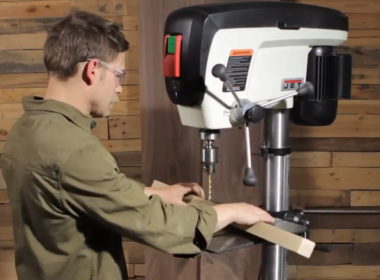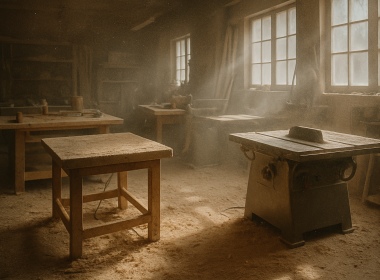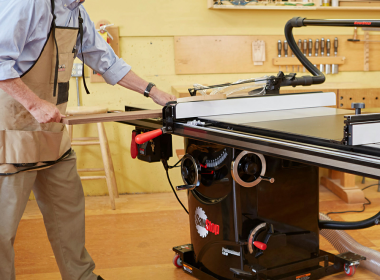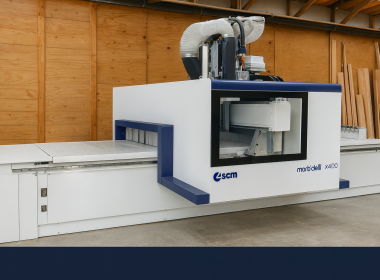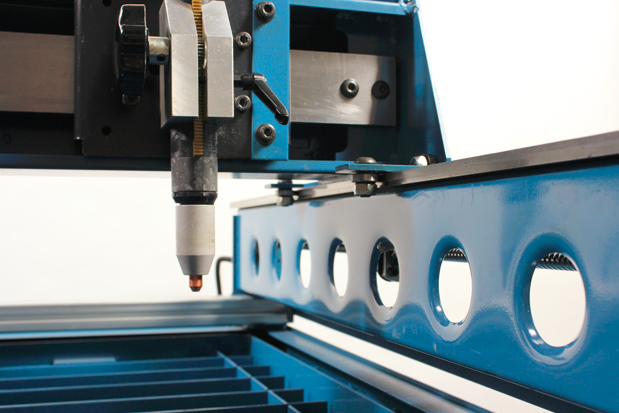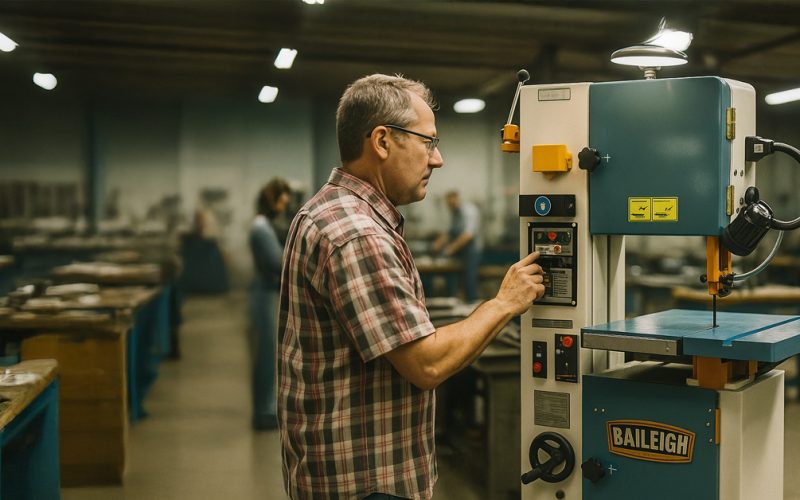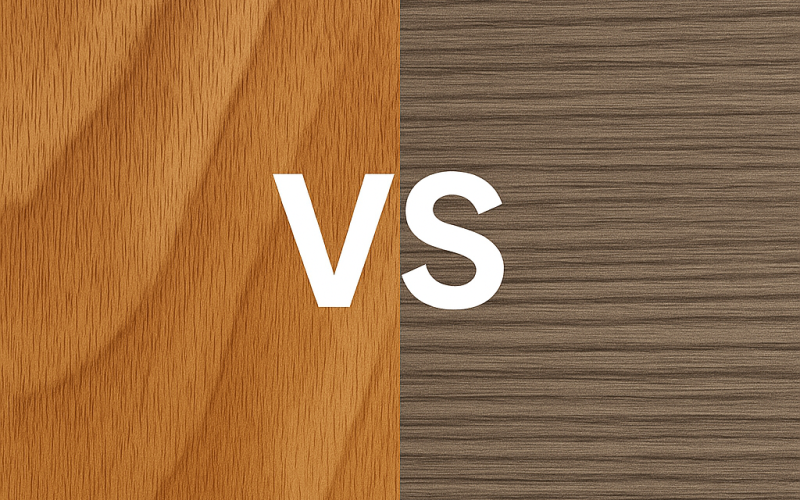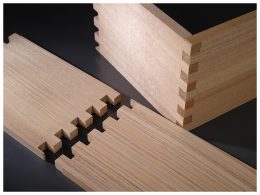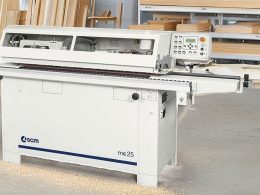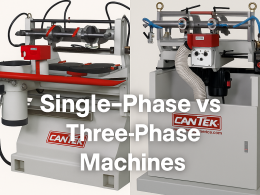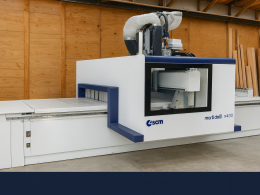Choosing the wrong CNC cutter can cost you thousands in wasted material and lost time. If you’re running a metal shop, it’s critical to match the right cutting technology with the jobs you take on.
Here’s a simple breakdown of today’s top CNC cutting options—plasma, laser, and waterjet—and when to use each.
Understanding CNC Cutting Technology
TL;DR:
- Each technology offers distinct advantages based on material thickness, type, and required precision
- CNC cutting automates precise material cutting through computer control
- Three main technologies: plasma (speed), laser (precision), waterjet (versatility)
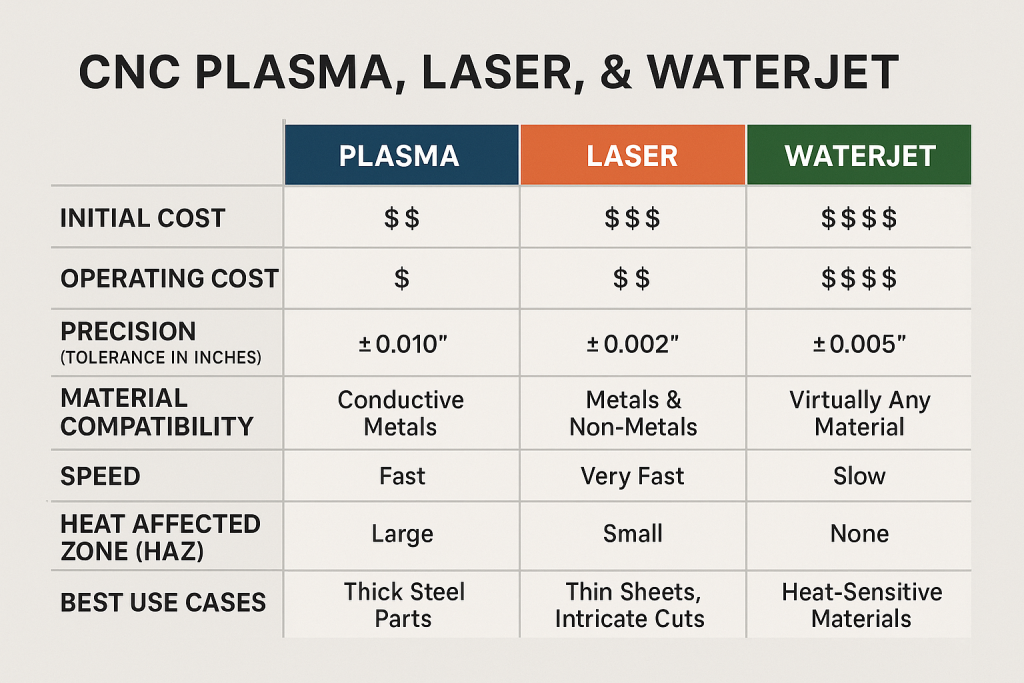
Plasma Cutting: Fast and Affordable for Thick Metals
Plasma cutters use an electrical arc and compressed gas to melt and blast through conductive metals. If you’re cutting ½” steel plate or thicker, plasma offers the best speed and cost efficiency.
- Best for: Steel, aluminum, copper (½” to 1.5″+ thick)
- Speed: Fastest on thick metal
- Precision: Moderate (±0.02″)
- Cost: Lower entry point than laser or waterjet
- Watch out: Not for non-metals or fine details. Edges may need cleanup.
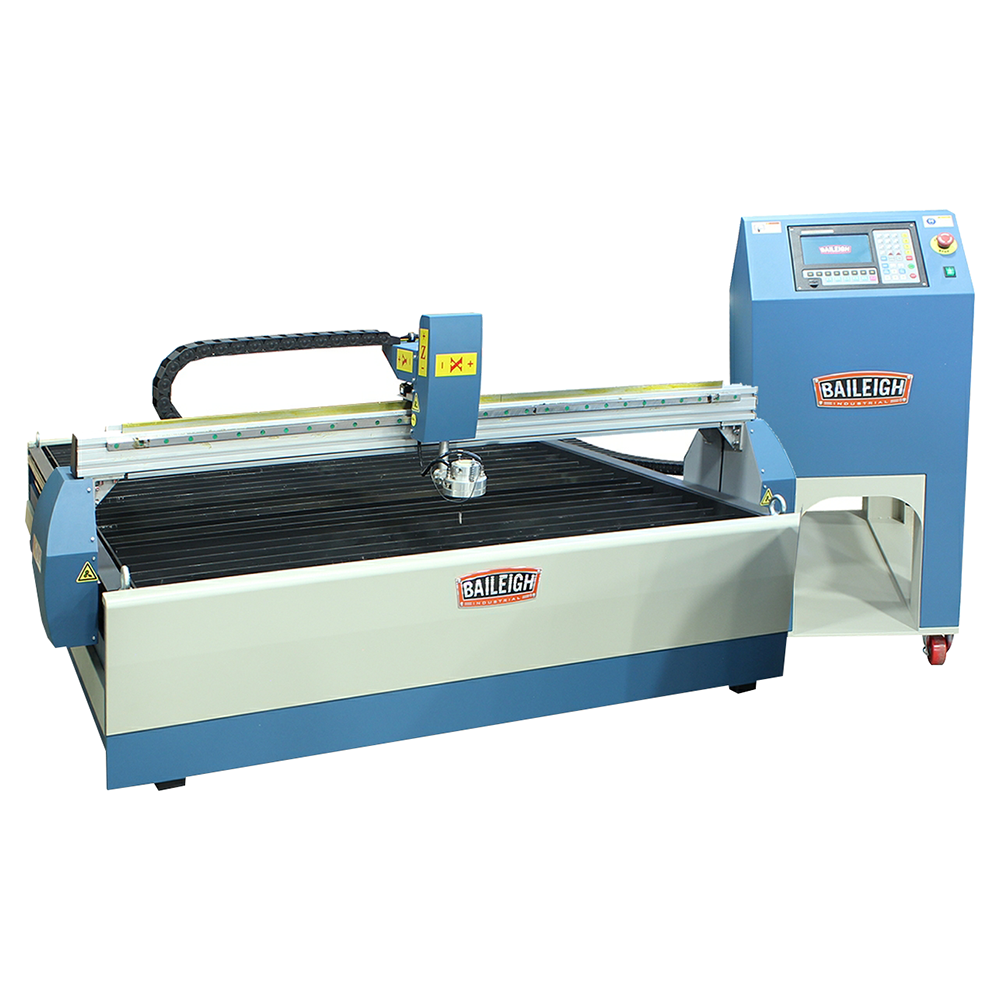
Laser Cutting: Precision and Speed for Thin Materials
Laser cutters focus intense light to cut with surgical precision. If you make parts that require clean edges, small holes, or intricate shapes, laser is the way to go.
- Best for: Thin metals and precision parts
- Speed: Extremely fast on sheet metal (<¼”)
- Precision: Very high (±0.002″)
- Cost: High startup, but great for high-volume precision work
- Watch out: Limited on thick materials. Reflective metals (like brass or copper) may require special setups.
Waterjet Cutting: Cool Cuts for Any Material
Waterjets use high-pressure water mixed with abrasive to cut anything—from steel to stone—without heat. That means no warping, no hardening, and no heat-affected zones.
- Best for: Mixed materials, thick parts, heat-sensitive jobs
- Precision: Extremely high (±0.001″)
- Materials: Metals, plastics, glass, rubber, stone—you name it
- Cost: High due to abrasive use and maintenance
- Watch out: Slower than laser or plasma; loud; requires more cleanup
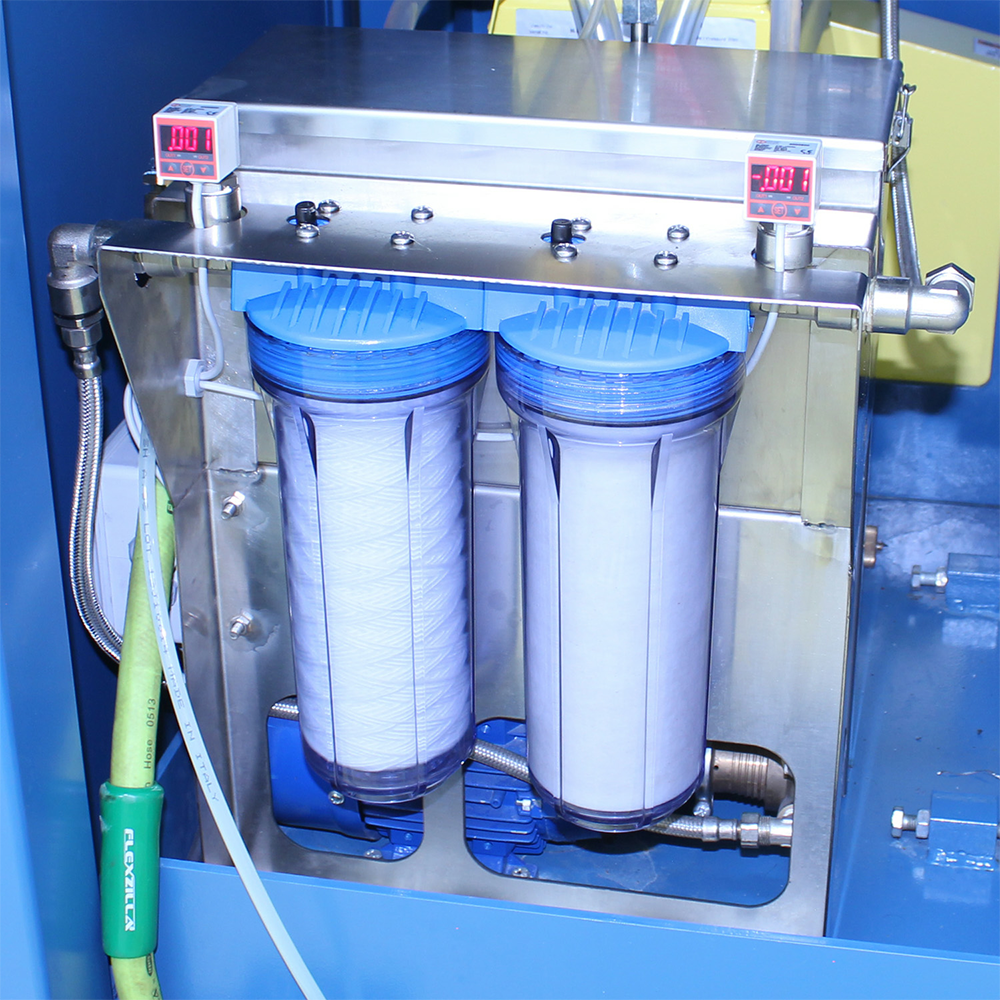
Which Cutter Should You Buy?
Here’s a quick cheat sheet:
| You Need To… | Choose… |
|---|---|
| Cut thick steel fast and affordably | Plasma |
| Make detailed parts with clean edges | Laser |
| Cut any material without heat distortion | Waterjet |
Many shops start with one and grow into two technologies to cover more ground. Plasma and laser often pair well. Waterjet adds unmatched versatility.
Comparison of Best Alternatives: When Each Cutter is Ideal
Let’s look at which technology fits best for specific applications. Each cutting method has its strengths and ideal use cases. We tested all three technologies across different materials and thicknesses to provide clear guidance on when to choose each option.
Plasma for budget-friendly, thick metal cuts
Plasma cutting dominates when working with thick conductive metals while keeping costs manageable. In our tests, plasma cutters showed excellent performance on steel plates over 1 inch thick, where laser cutters struggle to penetrate.
Key advantages include:
- Lower equipment costs (~$100,000 for a 5’x10′ HD plasma table)
- Faster cutting speeds on thick materials
- Good cost-efficiency for large-scale production
Best applications include structural steel fabrication, heavy equipment manufacturing, and shipbuilding.
Laser for detailed, clean cuts on thin materials
Laser cutting excels with thin sheets that need precise, intricate cuts. The focused beam creates exceptionally clean edges with minimal post-processing needed.
Key advantages include:
- Exceptional precision (tolerances to 0.002″)
- Clean, burr-free edges on thin sheets
- Fast processing of complex patterns
Best applications include electronics, medical devices, and precision parts manufacturing.
Waterjet for versatility, non-thermal shapes like stone, plastics
Waterjet stands out when heat damage must be avoided or when cutting non-metals. The waterjet market is growing quickly, projected to reach over $2.39 billion by 2034.
Key advantages include:
- No heat-affected zone
- Ability to cut almost any material
- Excellent for thick, hard, or brittle materials
Best applications include stone and glass cutting, aerospace components, and food processing.
1. Plasma vs. Laser
| Feature | Plasma Cutting | Laser Cutting |
|---|---|---|
| Initial cost | Lower ($7,499 – $90,000 range) | Higher ($250,000-500,000) |
| Materials | Conductive metals only | Metals and some non-metals |
| Max thickness | Up to 1.5 inches | Up to 1 inch (steel) |
| Precision | ±0.02″ | ±0.002″ |
| Edge quality | Good, may need finishing | Excellent |
| Heat impact | Significant | Moderate |
| Speed on thick metal | Fast | Slow or not possible |
Best for conductive metals vs. thin sheets
Plasma cutting shines when working with thick conductive metals like steel, aluminum, and copper. The high-temperature plasma arc cuts through these materials quickly and cost-effectively.
Laser cutting takes the lead with thin sheets, especially when fine details or precise holes are needed. The focused beam creates sharp corners and smooth edges that often need no additional finishing.
Where laser precision edges over plasma efficiency
In our testing, we found laser cutting far superior for:
- Parts with tight tolerances (±0.002″)
- Complex patterns with small details
- Applications where heat distortion must be minimized
- Projects needing clean edges without dross
Plasma cutting wins when:
- Cutting steel thicker than 1 inch
- Budget constraints are primary concerns
- Production speed matters more than perfect edge quality
- Working exclusively with conductive metals
2. Plasma vs. Waterjet
| Feature | Plasma Cutting | Waterjet Cutting |
|---|---|---|
| Initial cost | ~$7,499 – $90,000 range) | ~$195,000 |
| Operating cost | Lower | Higher (abrasives) |
| Materials | Conductive metals only | Almost all materials |
| Thickness range | Up to 1.5 inches efficiently | Unlimited practical thickness |
| Heat impact | Significant | None |
| Speed on 1″ steel | Fast | Slow |
| Environmental impact | Heat, fumes | Noise, water, abrasive waste |
Cost and speed, plasma wins over waterjet on thick metals
When cutting thick conductive metals, plasma offers clear advantages in both speed and cost. Our tests showed that plasma cutting 1-inch steel was about 3-4 times faster than waterjet, with operating costs roughly half as much per foot.
The cost difference is substantial – a complete plasma system costs around $90,000 while a similar-sized waterjet system runs about $195,000. For metal fabrication shops focused on steel and aluminum, plasma often provides the best return on investment.
Waterjet’s versatility with non-conductive materials
Waterjet cutting becomes the clear choice when:
- Cutting non-conductive materials (glass, stone, plastic)
- Working with heat-sensitive metals where thermal properties must be preserved
- Creating parts that need no secondary finishing
- Cutting extremely thick materials (beyond plasma’s practical limits)
The abrasive waterjet process cuts through virtually any material except tempered glass and diamonds, making it the most versatile option of the three technologies.
3. Laser vs. Waterjet
| Feature | Laser Cutting | Waterjet Cutting |
|---|---|---|
| Precision | Very high (±0.002″) | Highest (±0.001″) |
| Speed on thin materials | Fast | Slow |
| Speed on thick materials | Slow or not possible | Moderate |
| Heat affected zone | Yes (minimal) | None |
| Material versatility | Limited (mostly metals, some non-metals) | Excellent (almost anything) |
| Edge quality | Excellent on thin materials | Excellent on all materials |
| Operating cost | Moderate | High |
When precision matters and heat is a concern
Both laser and waterjet cutting deliver excellent precision, but each has distinct advantages:
Laser cutting works best when:
- Working with thin sheet metal (under 0.5″)
- Speed is critical for production
- The heat-affected zone is acceptable
- Material is consistent and compatible with laser
Waterjet cutting excels when:
- Material properties must remain unchanged
- Cutting extremely thick sections
- Material is heat-sensitive or reflective
- Highest possible edge quality is required
Non-metal application wins for waterjets
For non-metal applications, waterjet cutting clearly outperforms laser technology. While lasers can cut some non-metals like wood and certain plastics, waterjets handle virtually all non-metals with ease:
- Natural stone (granite, marble)
- Composites and laminates
- Glass and ceramics
- Soft materials (rubber, foam)
- Food products
The Bottom Line: Choosing the Right Technology
After testing all three technologies across hundreds of applications, our conclusion is that there’s no single “best” cutting technology – each has its place:
- Choose plasma for thick metal cutting with cost constraints
- Choose laser for thin sheet precision work and high-volume production
- Choose waterjet for maximum material flexibility and when heat must be avoided
For many fabrication shops, having access to at least two of these technologies provides the flexibility to handle almost any cutting task effectively and economically.
Conclusion
Choosing between plasma, laser, and waterjet cutting systems isn’t just about technical specs—it’s about aligning technology with your shop’s needs. Each system offers distinct benefits: plasma excels with thick, conductive metals at lower costs; laser delivers precision for thin materials and complex designs; waterjet provides versatility across materials without heat effects.
The right choice depends on your typical projects. If you work with thick metal and prioritize speed, plasma may be your answer. For detailed work on thin sheets, laser cutting offers unmatched precision. When material versatility and avoiding heat effects matter most, waterjet stands out despite its slower speed.
Many successful shops eventually incorporate multiple technologies, starting with the system that addresses their most common projects. As your business grows, adding complementary cutting methods can expand your capabilities and client base.
What matters most is making an informed decision based on your specific requirements—material types, thickness ranges, precision needs, and budget constraints. With the right CNC cutting technology, your metal shop can boost both productivity and quality while meeting your clients’ exact specifications.



